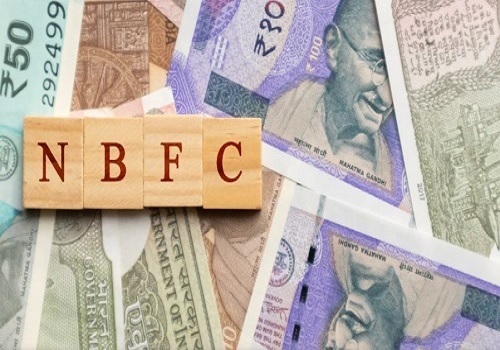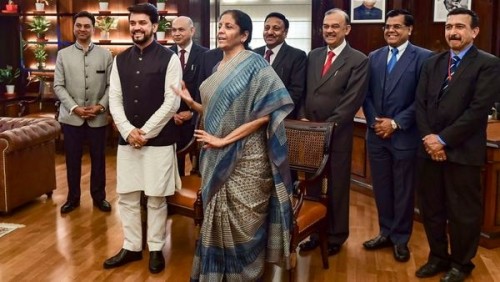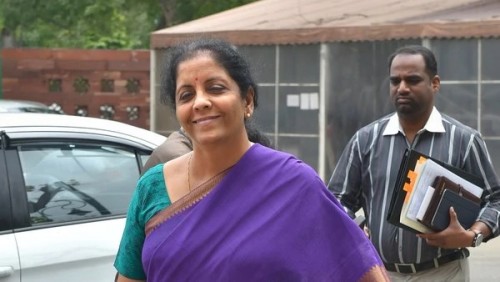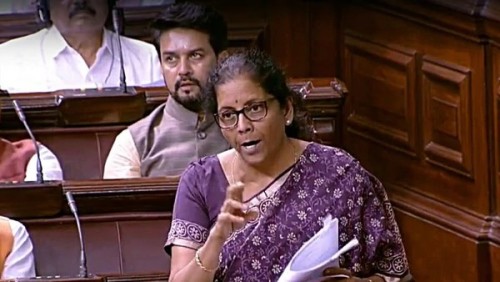Here`s how post-liberalisation budgets shaped India`s aspirations
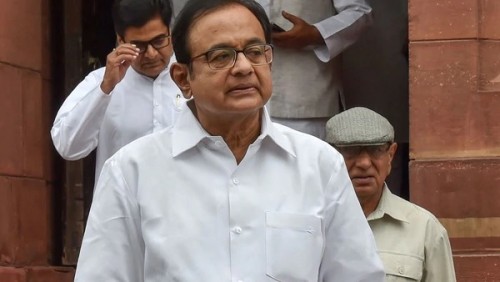
Follow us Now on Telegram ! Get daily 10 - 12 important updates on Business, Finance and Investment. Join our Telegram Channel
Now Get InvestmentGuruIndia.com news on WhatsApp. Click Here To Know More
A brief overlook at the themes of budgets that have been announced ever since 1991 suggests that the 90s were all about economic reforms. While the 2000-2010 period was about fiscal consolidation, the post-2010 period till so far has been more about social spending.
In 1991-92, the then Finance Minister Manmohan Singh gave a new direction to trade policy reform, representing the beginning of a transition from a regime of quantitative restrictions to a price-based mechanism. The policy regime was liberalized and the foreign investment limit in high-priority industries was raised to 51%.
The administered interest rate structure was considerably relaxed, giving greater flexibility to the structure of interest rates.
The private sector saw its role enhanced considerably in the financial sector as the budget, in promoting the development of mutual funds, opened it up to the private sector and joint sector mutual funds.
In 1997-98, P.Chidambaram set about building an institutional structure and a regulatory framework. Its basic theme was to create and align the regulatory framework with the open economy. The economy had moved from being a control economy to being a regulated one without any change in the institutional set-up. This budget introduced the Foreign Exchange Management Act, a new Companies Bill and a new direct taxes Bill.
In a major reform that would go a long way towards aligning fiscal policy with monetary policy, the budget put an end to the archaic system of automatic monetization of the budget deficit.
In 1998-99, Yashwant Sinha pushed the envelope on reforms out of choice and with conviction, not because of any compulsion. This budget did for the urban middle class what land reforms did for the rural poor.
This budget incentivized house-building activity by giving a tax holiday for approved housing projects—100% deduction from profits for first five years and 30% deduction for the subsequent five years.
In Budget 2001-02, Sinha introduced Transfer Pricing Regulations, which require transactions between associated enterprises to be at arm's length. The regulation played a big role in the prevention of erosion of the tax base in India.
During his second stint, Chidambaram's 2005 Budget set the tone for UPA, which remained at the helm of affairs for ten years. Bharat Nirman was the main pitch of this government led by Manmohan Singh. After NDA's much touted India Shining campaign fell flat apart, UPA focused on the aam aadmi and announced big-ticket schemes like the National Rural Health Mission and NREGS (Mahatma Gandhi National Rural Employment Guarantee Scheme).
From 2014 to 2018, Arun Jaitley looked after the economic affairs of the Narendra Modi-led government. His budgets provided the requisite funding for the Smart Cities project, Digital India programme and the Make in India initiative.
Jaitley was also responsible for reducing tax burden on lower middle-class Indians. He raised the personal income tax exemption limit from ₹2 lakh to ₹2.5 lakh in 2014.
In 2015, Arun Jaitley also abolished the wealth tax and replaced it with an additional surcharge of 2% on the super-rich who had a taxable income of more than ₹1 crore.
In 2017, at the Union Budget 2017, Arun Jaitley reduced the tax rate from 10% to 5% in the ₹2.5 lakh- ₹5 lakh bracket, thus leading to a reduction of ₹12,500 in income-tax.
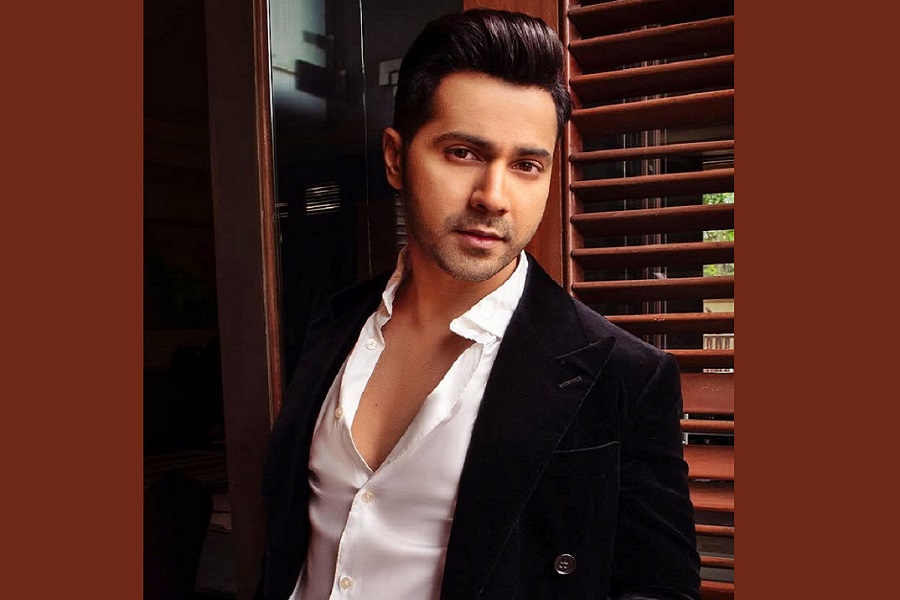



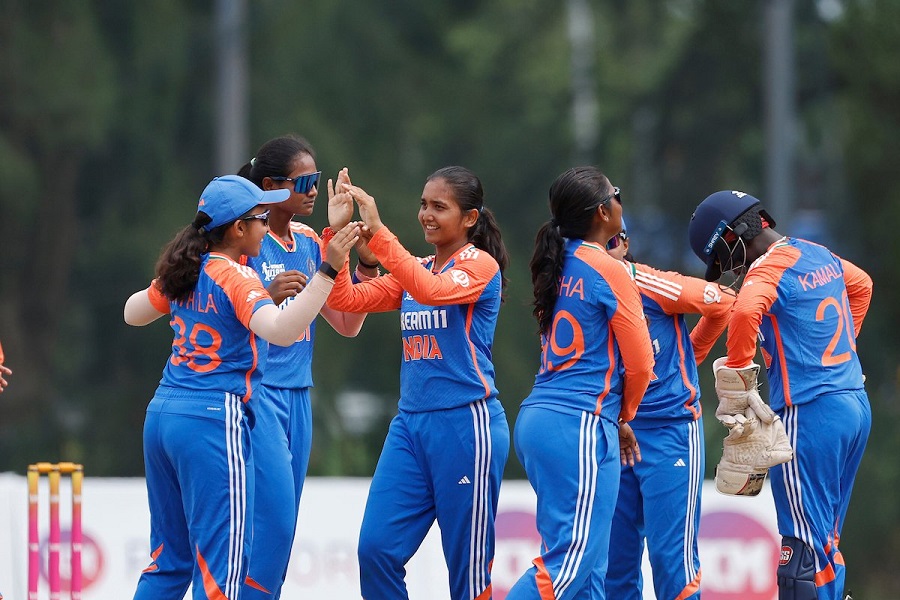


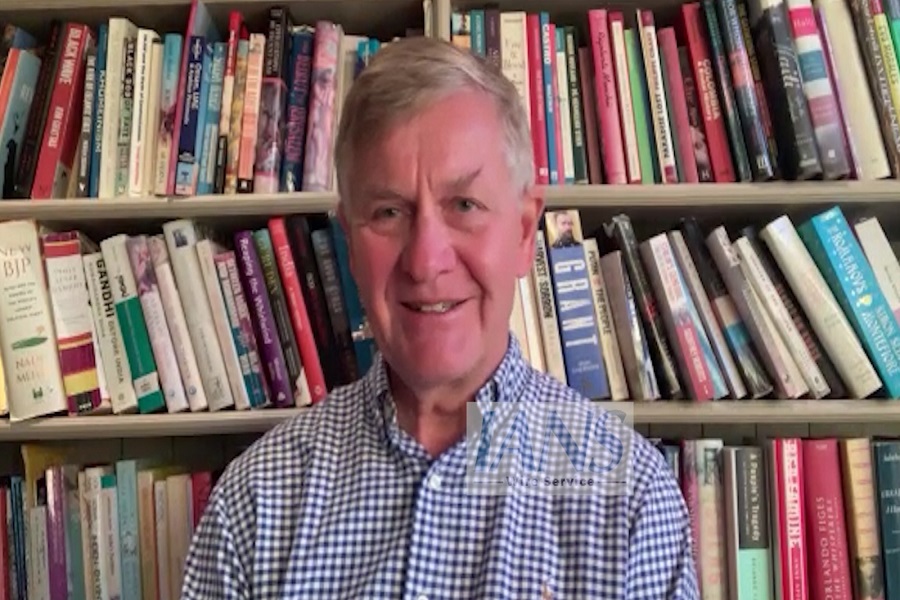




 320-x-100_uti_gold.jpg" alt="Advertisement">
320-x-100_uti_gold.jpg" alt="Advertisement">




